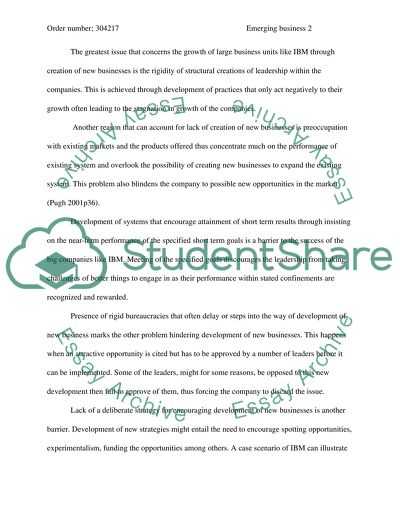Cite this document
(“Emerging Business Opportunities at IBM Case Study”, n.d.)
Retrieved from https://studentshare.org/miscellaneous/1511005-emerging-business-opportunities-at-ibm
Retrieved from https://studentshare.org/miscellaneous/1511005-emerging-business-opportunities-at-ibm
(Emerging Business Opportunities at IBM Case Study)
https://studentshare.org/miscellaneous/1511005-emerging-business-opportunities-at-ibm.
https://studentshare.org/miscellaneous/1511005-emerging-business-opportunities-at-ibm.
“Emerging Business Opportunities at IBM Case Study”, n.d. https://studentshare.org/miscellaneous/1511005-emerging-business-opportunities-at-ibm.


